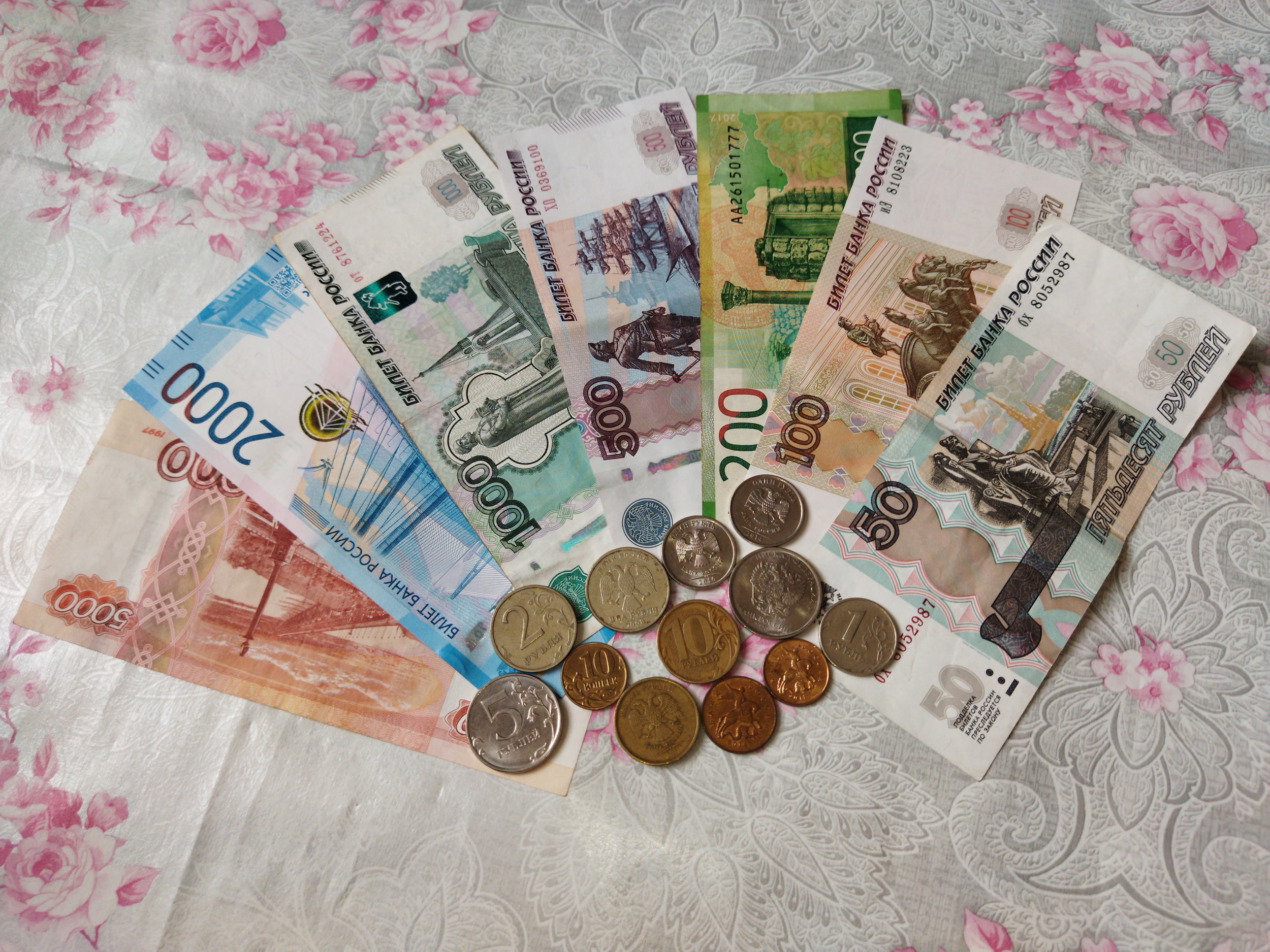Georgetown Hosts Discussion on Early U.S. Intelligence Operations in Switzerland
Doctor Adrian Hänni is a visiting professor at Georgetown University’s BMW Center for German and European Studies. (Adrian)
Georgetown University’s BMW Center for German and European Studies hosted a conversation with visiting professor Adrian Hänni on February 15. Doctor Hänni discussed his current research on the intersection of information and diplomatic history, specifically as it pertains to American spy agencies’ foothold in Switzerland during WWII and how American access to foreign intelligence played a crucial role during and immediately following the war. Because researching in the national archives has become more difficult due to the pandemic, the discussion was less an authoritative account of the war and more-so a discussion for research in this field moving forwards.
Dr. Hänni began his discussion with an explanation of the United States’ operations in the neutral, strategically located nation, largely focusing on Switzerland’s two major intelligence-gathering capacities: Human Intelligence (HUMINT) and Signals Intelligence (SIGINT).
The former recruited key figures in Swiss society to help inform the United States. Most notable of these informants was Hans Oprecht, Agent 487, who would become president of one of the later leading Swiss political parties. According to Dr. Hänni, the Swiss government discreetly facilitated HUMINT operations, among other covert operations such as “send in/take out.” Such discretion was vital to managing the Swiss’s dilemma between their neutral “bona-fides” and their “liberal sympathies.”
SIGINT, however, was much more straightforward, as the United States and a host of other nations had cracked the Swiss version of the Enigma machine. This gave the United States access to Swiss communiques with the Red Cross, along with confidential information regarding prison populations in both theaters of war.
By the end of the war, the United States had a significant presence in the neutral nation but began to turn the majority of its spying capacities against their covert collaborator. Immediately after the war, Switzerland was regarded as a pariah state and was promptly embargoed due to its refusal to openly oppose the Nazis. As such, the state attempted to reach a deal with the Allied powers so that it could find a way to rejoin the international community.
During the meetings that would result in the 1946 Washington Agreement, Dr. Hänni asserted that the U.S. government utilized their intelligence gathering apparatus to learn every Swiss move ahead of time. One key aspect came from Agent 487’s party leading the ruling coalition, allowing the United States a direct Swiss executive line of information. Notably, the United States knew not only the absolute maximum that Switzerland was willing to concede, but also how to counteract Swiss “divide and conquer” tactics that would have minimized Swiss concessions.
Dr. Hänni concluded that while this work ended in 1951, these questions are still relevant today. He sees a need for democratic societies to have a strong tradition of intelligence history, something that he believes is much stronger in the United States than in Switzerland. Such worries are exasperated by both the Swiss Crypto AG scandal and issues of security for Swiss intelligence documents. Dr. Hänni’s research will continue to expand the frontiers of the largely under-researched intersection between diplomatic and intelligence histories.











